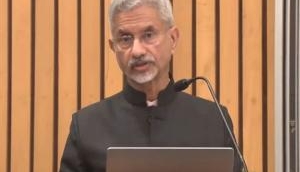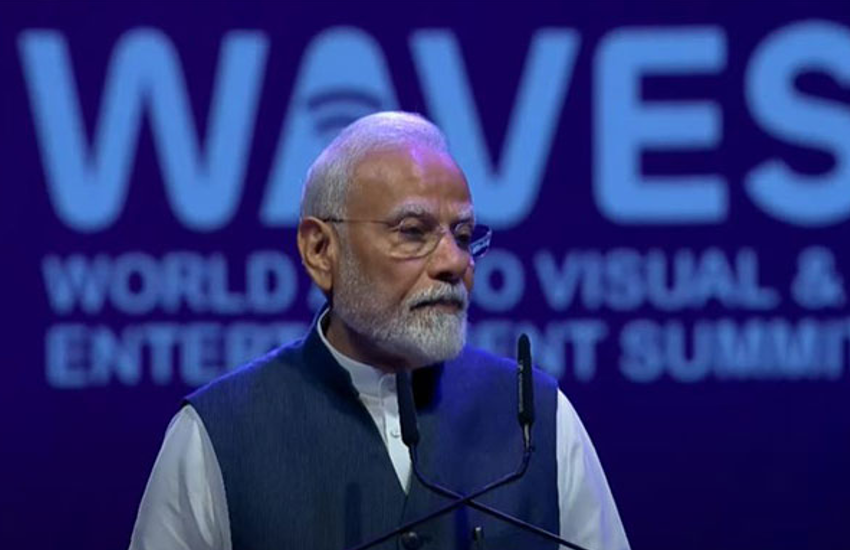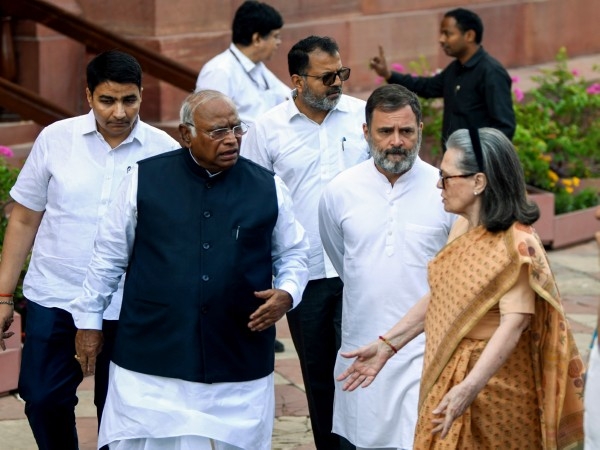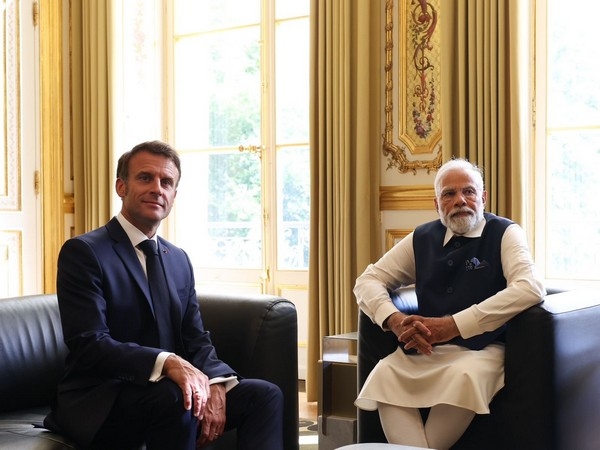What the David Cameron resignation tells us about Theresa May's plans

On a day when the latest poll gave the Conservative Party 41% and a 13 percentage point lead, over the Labour Party, the man who was once the future chose to consign himself to the political and parliamentary past.
Announcing his resignation from parliament, David Cameron claimed that "with modern politics, with the circumstances of my resignation, it isn't really possible to be a proper backbench MP as a former prime minister".
Previously, Cameron had spoken of the "enormous privilege" of serving his constituents. He indicated his intention not only to continue as an MP, but to seek re-election in 2020.
However, the operative words in Cameron's statement were "the circumstances of my resignation". Those circumstances were his humiliating defeat in the EU referendum.
Cameron's presence on the backbenches at Westminster would have served as a constant reminder to his party, political opponents and, above all, himself of his responsibility for the political and economic turmoil unleashed by Brexit. He had to go.
Cameron claimed he would have become "a big distraction and a big diversion" from the work of the current government had he remained in parliament. However, the timing of his resignation statement could not have been more distracting or diversionary. His announcement coincided with (and overshadowed) education secretary Justine Greening's own statement to parliament on the new government's plan to bring back grammar schools.
Cameron never hid his opposition to new grammar schools in England. In 2007 he identified this issue as a key test for the Conservatives. Did they want to be "an aspiring party of government" or "a right-wing debating society"? He argued that selective education was unpopular with parents because they didn't want children "divided into successes and failures at 11".
But the political and ideological distance between Cameron and May has already gone well beyond the issue of grammar schools. Indeed, one of the definitive characteristics of the May government during its early weeks in office has been the new prime minister's determination to distance herself from the agenda of her predecessor at Number 10, and his closest political ally, George Osborne.
The former chancellor was the principal casualty of May's immediate ministerial reshuffle but even before sacking him, she had already abandoned his target of reaching a fiscal surplus by 2020.
Add to that the backtracking over the Hinkley Point C power station and the plan to impose elected mayors on English regions, as well as the refashioning of the Northern Powerhouse agenda into an industrial strategy to drive nationwide productivity, and the dismantling of Osborne's political legacy is complete. RIP the "long-term economic plan".
A new vision
At the launch of her campaign to become Conservative Party leader, May spoke of "a bold, new, positive vision ... a vision of a country that works not for a privileged few but for every one of us".
That theme of working for the many, and not the few has been the most frequent mantra of May's speeches as prime minister. A politics founded on meritocracy and grammar schools is seeking to distance itself from the Old Etonian sense of privilege and entitlement associated with the "two arrogant posh boys".
On the day she became leader, May claimed her vision for Britain constituted "a different kind of Conservatism" that "marks a break with the past".
However, she may find it harder than she imagines to distance herself from her predecessor. Lest it be forgotten, May served as home secretary throughout the Cameron-Clegg coalition and the Cameron government. She may wish to engineer a break from the past, but she was an important part of it.
Previously, May had argued that, to become the "party for all", the Conservative Party should occupy the common ground. In deciding where that ground is, she could follow Nigel Lawson's advice to seize Brexit as the opportunity "to make the UK the most dynamic and freest country in the whole of Europe: in a word, to finish the job that Margaret Thatcher started".
But recent research once again points to the fact that 45% of people locate themselves firmly on the centre ground of politics. Only 30% identify with the right-of-centre ground occupied by Thatcherism.
With a parliamentary majority of only 12 seats, and with both cabinet ministers and rebellious backbenchers already showing signs of fractiousness and impatience over Brexit delays, the the temptation must be to opt for more radical Thatcherite domestic reforms that would please the parliamentary party. But limiting party dissent in the short term may come at the price of broader electoral appeal to centre ground floating voters in 2020.
Whether May now chooses to occupy that right-of-centre common ground, or steers her government towards the centre, will be one of the defining choices of her premiership.
This article was originally published on The Conversation. Read the original article.
First published: 15 September 2016, 20:50 IST





![BJP's Kapil Mishra recreates Shankar Mahadevan’s ‘Breathless’ song to highlight Delhi pollution [WATCH] BJP's Kapil Mishra recreates Shankar Mahadevan’s ‘Breathless’ song to highlight Delhi pollution [WATCH]](https://images.catchnews.com/upload/2022/11/03/kapil-mishra_240884_300x172.png)

![Anupam Kher shares pictures of his toned body on 67th birthday [MUST SEE] Anupam Kher shares pictures of his toned body on 67th birthday [MUST SEE]](https://images.catchnews.com/upload/2022/03/07/Anupam_kher_231145_300x172.jpg)






